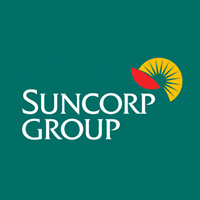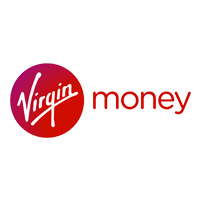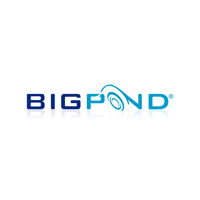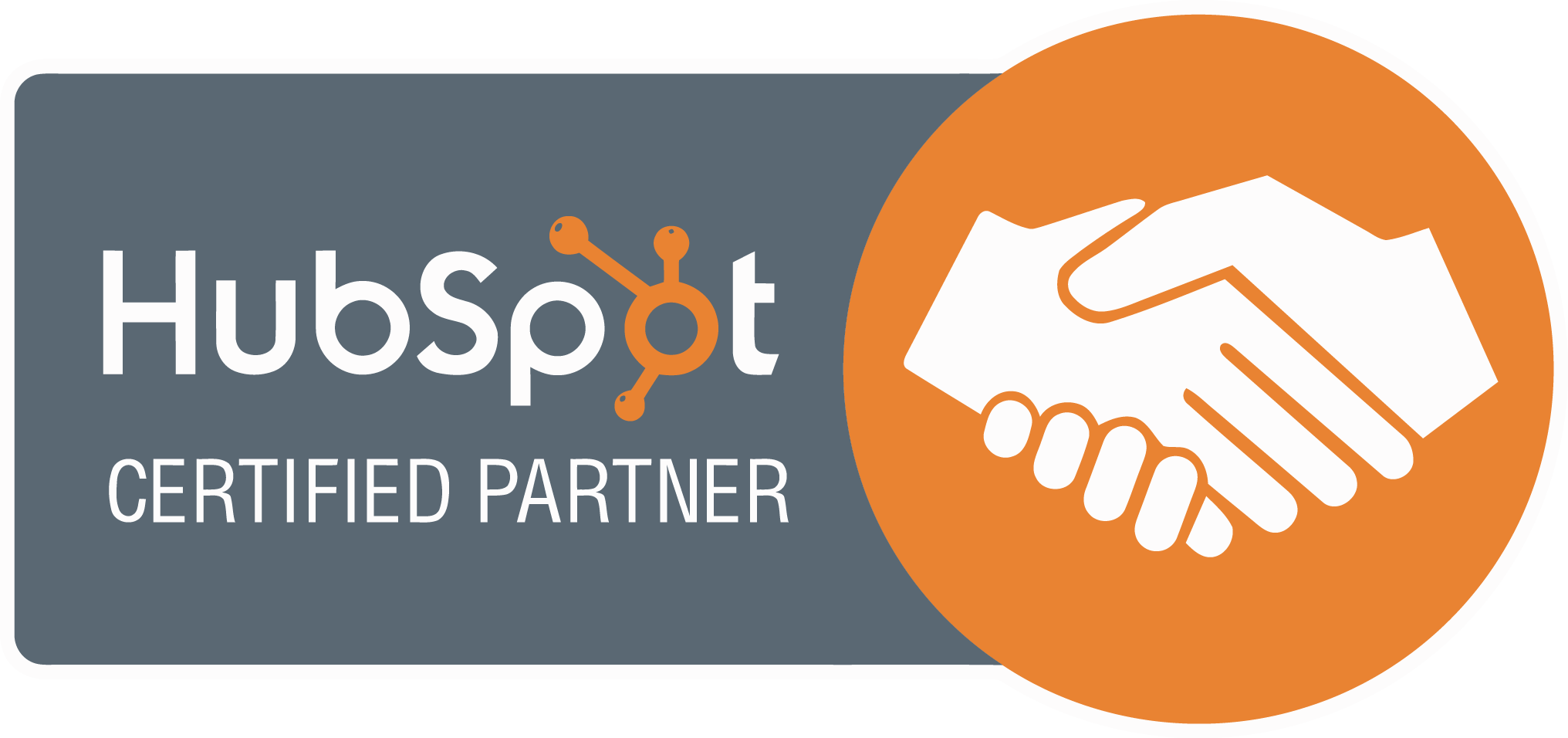When a potential customer Googles your business, you expect to see your brand show up front and centre. But what if a competitor’s Knowledge Panel appears instead — even when the user searched for your business name? For small and medium-sized business owners, this can be frustrating and confusing.
In this article, we’ll break down why this happens, explain what a Google Knowledge Panel is, and outline how you can improve your search visibility — even if you cannot replace a larger company’s panel. We’ll also show how using the right audience segmentation strategy can help sharpen your marketing efforts, better target your customer base, and ultimately support long-term visibility and growth.
What Is a Google Knowledge Panel?
A Google Knowledge Panel is a structured information box that appears in search results when users look up a well-known brand, organisation, or public figure. It’s automatically generated by Google and may include a business’s description, website, logo, images, contact details, social media profiles, and more.
This panel is based on data pulled from highly authoritative sources such as:
- Wikipedia and Wikidata
- Crunchbase and Bloomberg
- Government databases and structured site markup
Businesses cannot apply for a Knowledge Panel. Instead, it’s created when Google recognises a brand as a distinct entity based on trusted signals — like consistent online mentions, citations, and structured data.
Why Your Business Might Not Have a Knowledge Panel
If your business doesn’t have a Knowledge Panel, or if another company’s appears when someone searches your brand, here are the most likely reasons:
- The other business has stronger brand recognition and online authority
- Your business name is similar to theirs, and Google associates the search with their entity
- You don’t yet meet the segmentation criteria (e.g. enough citations or mentions)
This is especially common when smaller businesses share a name or industry with more established brands. Unfortunately, it’s often impossible for a new or local business to displace an existing Knowledge Panel that Google deems more relevant.
Why Google Favours Knowledge Panels Over Business Profiles
Even if you’ve built a strong Google Business Profile, Google will prioritise a Knowledge Panel if it thinks the panel offers more valuable insights to the searcher. Panels are designed to deliver structured, detailed information from multiple sources, rather than a single listing you control.
If your business lacks widespread online signals — like mentions on high-authority sites or structured schema markup — Google may default to the more prominent brand, especially when the target audience is more familiar with it.
This does not mean your business is doing anything wrong. It just means Google’s algorithm doesn’t yet see your business as a separate, established market segment.
What You Can Do to Improve Visibility
You might not be able to replace a competitor’s Knowledge Panel, but there are practical ways to boost your brand’s visibility in search and across digital platforms.
When working with limited resources, it’s crucial to prioritise high-impact actions to maximise your visibility efforts.
1. Optimise Your Google Business Profile
While it may not be a Knowledge Panel, a strong Business Profile still drives visibility — especially in local and mobile searches.
- Select the right categories for your business
- Upload clear, professional images
- Add keyword-rich service descriptions
- Encourage and respond to reviews
- Keep contact info and hours up to date
- Post regularly with updates and offers
By keeping your profile current and active, you can attract your potential customers more effectively, especially on social media platforms.
2. Build High-Trust Citations
To strengthen your online authority, you need to be listed on high-authority websites.
Focus on:
- Wikidata (used directly by Google’s Knowledge Graph)
- Crunchbase and Bloomberg
- LinkedIn Company Pages
- Local directories and trade-specific sites
- Wikipedia, if your business qualifies
These sources help Google recognise your brand as a distinct group or entity, improving the chances of broader search visibility.
3. Improve Branded Search Visibility
Even if a Knowledge Panel isn’t possible, you can still own your branded search results.
Use tactics like:
- Content marketing (e.g. blog posts, audience segmentation examples, FAQs)
- Press mentions and backlinks from reputable sources
- Active social media posts on Facebook, Instagram, LinkedIn
- Implementing structured data like Organisation and Local Business schema
The goal is to fill the first page of Google with your content — and to present it with tailored messaging that speaks to specific audience segments.
Need help with this? Consider comprehensive SEO services to identify where your site is falling short and what can be improved to support stronger branded search visibility.
Audience Segmentation Strategy: Why It Matters for Visibility
Now, let’s talk about audience segmentation — the process of dividing your overall target market into smaller groups based on shared traits. Means audience segmentation involves analysing your customer base to create an audience segment, which is a specific group of individuals who share similar characteristics or behaviours.
This could include:
- Demographic segmentation (age range, income, location)
- Psychographic segmentation (values, lifestyle, interests)
- Behavioural segmentation/behavioural segmentation (analysing customers’ past actions, such as frequent shoppers, loyal customers, repeat purchases, brand loyalty, and online activity)
- Geographic segmentation (city, state, region)
- Firmographic segmentation (for B2B: business size, industry, revenue)
You can segment your audience and identify audience segments using customer data and analytics tools to better understand and target specific groups.
When you segment audiences, your marketing messages become more targeted and relevant. Segmenting audiences and taking steps to segment your audience allows for relevant messaging and messages based on customer needs, increasing engagement and effectiveness. This improves click-through rates, conversions, and visibility.
Audience segmentation helps you:
- Identify particular segments more likely to convert
- Craft relevant content and targeted email campaigns
- Run more effective social media ads
- Avoid generic messaging and stand out in competitive markets
- Align your products and services, including relevant products, to each particular segment for greater impact
Segmentation can also help luxury brands tailor their marketing to affluent target audiences and support social marketing efforts by delivering targeted messages to influence behaviour change. Setting clear marketing goals is essential to guide your segmentation strategy and ensure your campaigns are aligned with business objectives.
If you’re unsure how to develop the right segments for your brand, a tailored digital marketing strategy can provide the roadmap you need. Customers based segmentation allows you to tailor marketing to different customer groups, such as by geographic location or lifecycle stage, making your efforts more relevant and effective.
Types of Audience Segmentation
Audience segmentation is a powerful tool that enables businesses to maximise their marketing efforts by dividing their broader audience into specific audience segments. By understanding the unique characteristics of each segment, companies can develop marketing strategies that resonate with the needs, interests, and behaviours of different groups. This approach ensures that marketing messages are relevant and engaging, rather than generic, leading to better results and a stronger connection with your target audience.
There are several main types of audience segmentation, each offering distinct advantages for reaching and engaging specific audience segments:
- Demographic segmentation: Grouping audiences based on demographic factors like age, gender, income, and education.
- Geographic segmentation: Dividing audiences by location, such as country, region, or city.
- Psychographic segmentation: Focusing on values, interests, and lifestyles.
- Behavioural segmentation: Segmenting based on purchasing habits, brand loyalty, or product usage.
- Firmographic segmentation: For B2B, grouping by company size, industry, or revenue.
By leveraging these segmentation strategies, businesses can create more personalised and effective marketing campaigns that speak directly to the needs of each segment, ultimately driving better engagement and results.
Demographic Segmentation
Demographic segmentation is one of the most widely used audience segmentation strategies, allowing businesses to divide their target audience into groups based on demographic factors such as age, gender, income, education level, and occupation. This approach helps marketers identify potential customers who are most likely to be interested in their products or services, ensuring that their messaging is both relevant and impactful.
For example, a luxury brand might use demographic segmentation to focus its marketing efforts on high-income individuals who are more likely to purchase premium products. By understanding the unique characteristics of each demographic segment, businesses can craft tailored messaging that speaks directly to the needs and preferences of their target audience. This not only increases the effectiveness of marketing campaigns but also helps build stronger relationships with potential customers.
Demographic segmentation is a cornerstone of successful segmentation strategies, providing valuable insights that inform everything from product development to advertising and content creation.
Geographic Segmentation
Geographic segmentation is a key component of market segmentation, enabling businesses to divide their target audience based on geographic location—such as country, state, city, or even neighbourhood. This type of segmentation is especially useful for companies whose products or services are influenced by regional factors, climate, or local culture.
For instance, a retailer selling winter apparel would use geographic segmentation to target customers in colder regions, ensuring that marketing efforts are focused where demand is highest. By understanding where their target customers are located, businesses can tailor their marketing strategies to address local needs, preferences, and trends.
Geographic segmentation allows for more efficient allocation of resources and ensures that marketing messages are relevant to each specific location. This targeted approach not only increases the likelihood of reaching potential customers but also enhances the overall effectiveness of your marketing campaigns.
Identifying Audience Segments
Identifying audience segments is a foundational step in building a successful audience segmentation strategy. This process involves analysing data and conducting research to uncover distinct groups within your target audience who share similar characteristics, needs, or behaviours. By pinpointing these audience segments, businesses can develop marketing campaigns that are highly targeted and relevant, leading to stronger engagement and improved results.
Tips to Identify Audience Segments for Better Audience Segmentation
Here are some practical audience segmentation tips for effectively dividing and targeting different customer groups:
- Use customer data (CRM, IP addresses, purchase history) to identify active customers
- Create content that speaks directly to different segments
- Avoid “one-size-fits-all” messaging across digital channels
- Adapt your strategy for physical stores and online platforms alike
- Test messaging based on common interests and certain characteristics
- Use tools like Google Analytics to perform audience segmentation analysis
Looking to better reach and convert your target customers? Explore Amire’s paid media services for expert support on creating engaging campaigns that are designed for results.
Final Thoughts
You might not be able to compete with a major brand’s Knowledge Panel — and that’s okay. Visibility isn’t about one feature; it’s about building your authority over time through smart content, strong citations, and targeted marketing.
Here’s what to focus on:
- Strengthen your Google Business Profile
- Get listed on high-authority platforms
- Improve branded search results with content and schema
- Use audience segmentation to fine-tune your marketing messages and reach different audiences
With a consistent strategy, realistic goals, and data-driven insights, you can grow your brand’s visibility and attract the right audience — even in competitive spaces.








